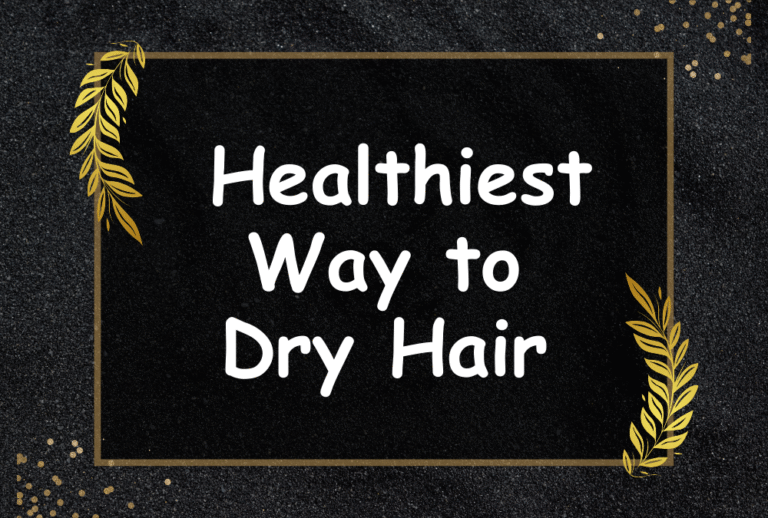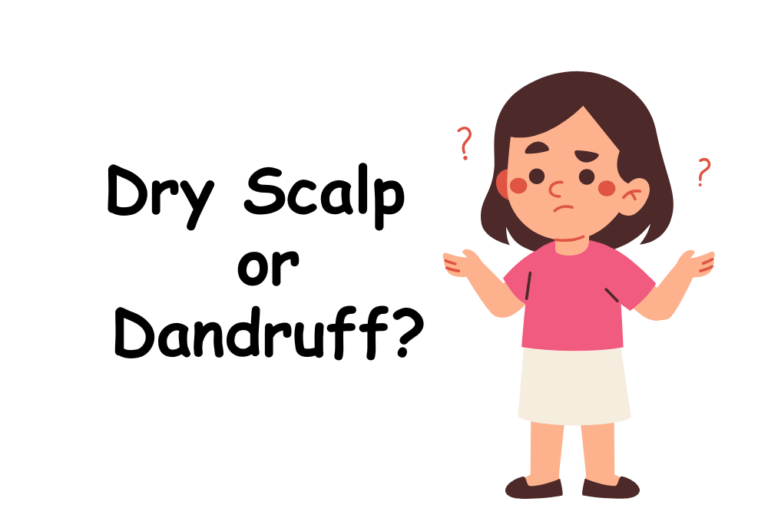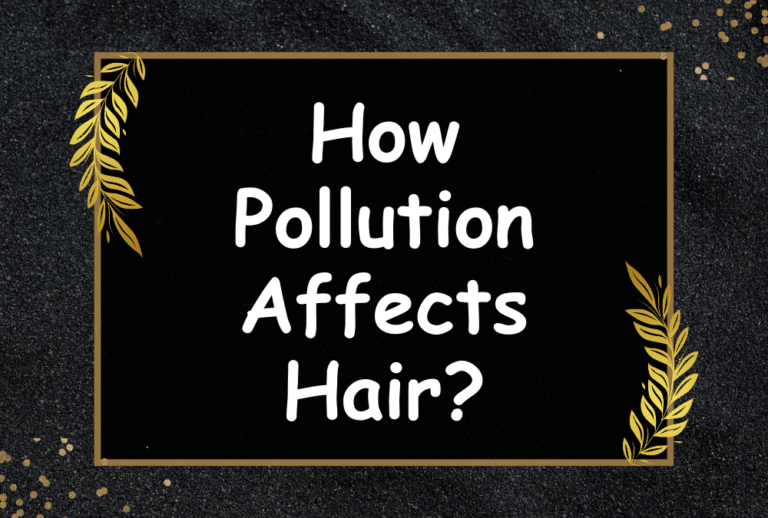Can Coloring Your Hair Damage it?
Millions of people around the world color their hair. Some do it to hide gray strands, while others love the idea of trying bold shades like red, blue, or platinum blonde. Coloring can make you feel fresh, stylish, and confident.
But here’s the big question: Can coloring your hair damage it?
The short answer is yes, it can. But the full story is more layered. Hair dye affects the structure of your hair, sometimes in small ways and sometimes in bigger ways, depending on the type of dye and how you use it.
This article takes a deep dive into the world of hair coloring. You’ll learn how dye works, the possible risks, safe coloring habits, and smart tips to keep your hair looking strong and beautiful.
How Hair Dye Works
Before we talk about damage, let’s understand how coloring actually happens.
The Structure of Hair
Hair is made of three main parts:
- Cuticle: the outer layer, like protective scales.
- Cortex: the middle layer that gives hair its color and strength.
- Medulla: the inner core, not always present in every strand.
When you color your hair, you’re mostly working with the cortex, because that’s where natural pigments live.
Temporary, Semi-Permanent, and Permanent Dye
- Temporary dye coats the outside. It usually washes out after 1–2 shampoos.
- Semi-permanent dye adds color but doesn’t go deep into the cortex. It lasts a few weeks.
- Permanent dye changes your natural pigment by lifting it and adding new color. It uses strong chemicals and lasts until the hair grows out.
The Role of Chemicals
Permanent dyes often use ingredients like ammonia and peroxide. These open up the cuticle, break down natural pigment, and deposit new color inside. This process can weaken the hair.
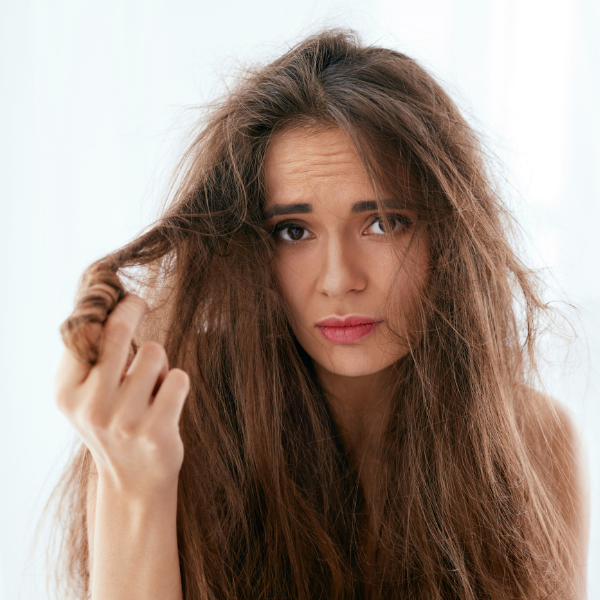
Does Coloring Always Damage Hair?
The word “damage” can sound scary. But it doesn’t always mean your hair will fall out or break instantly. Damage can be mild, moderate, or severe, depending on several factors.
- Mild damage: dryness, dullness, frizz.
- Moderate damage: split ends, tangles, loss of shine.
- Severe damage: breakage, thinning, or hair that feels like straw.
How much damage you get depends on the type of dye, how often you color, and how you take care of your hair after.
Common Risks of Hair Coloring
Dryness and Brittleness
Coloring often strips away natural oils. This leaves hair feeling dry and rough.
Weak Cuticles
The cuticle opens up during the coloring process. If it doesn’t close properly afterward, your hair may lose moisture and strength.
Breakage and Split Ends
Weakened strands can snap more easily, especially if you use heat styling tools as well.
Scalp Sensitivity
Some people feel itching, burning, or irritation after dyeing. This can happen if the chemicals touch the scalp.
Allergic Reactions
Certain ingredients, like PPD (p-Phenylenediamine), can trigger allergies in some people.
Fading and Uneven Color
When hair is damaged, it doesn’t hold color evenly. That’s why dyed hair can sometimes look patchy or faded.
Factors That Affect Damage Level
Not everyone’s hair reacts the same way. Here are some things that make a difference:
Hair Type and Texture
- Fine hair tends to get damaged faster because it’s more delicate.
- Thick hair may handle coloring better.
- Curly hair is often drier naturally, so it needs more care.
Natural Hair Color
Going from dark brown to platinum blonde requires more bleaching. That means more potential damage.
Frequency of Coloring
Touching up every two weeks is harder on your hair than doing it every few months.
Quality of Products
Professional salon dyes are usually gentler than cheap box dyes, though both can still cause damage.
Aftercare Routine
Moisturizing and conditioning after coloring makes a big difference in long-term hair health.
Read More: Hairstyles For Work, Hairstyles for Sports
Myths vs. Facts About Hair Coloring
There are lots of stories out there. Let’s clear some of them up.
- Myth: Coloring always ruins your hair.
- Fact: Damage depends on how often and how you color. With care, your hair can stay healthy.
- Myth: Natural or herbal dyes are always safe.
- Fact: Some natural dyes, like henna, are safer, but not all “herbal” products are free from chemicals.
- Myth: Once hair is damaged, it can heal.
- Fact: Hair is not alive. You can make it look better with treatments, but only new growth will be truly healthy.
Signs Your Hair is Damaged from Dye
Wondering if your hair took a hit? Look for these signs:
- Frizz that won’t smooth down
- Hair feels rough instead of soft
- Breakage when brushing or styling
- Loss of shine
- Split ends
- Color fading too quickly
Safe Hair Coloring Practices
You don’t have to give up hair dye completely. Try these habits to lower the risks.
Do a Patch Test
Always test the dye on a small area first to check for allergies.
Don’t Wash Hair Right Before Coloring
Natural oils protect your scalp. Avoid washing hair the same day you color.
Space Out Coloring Sessions
Wait at least 6 – 8 weeks before dyeing again if possible.
Use Sulfate-Free Shampoos
They are gentler and help color last longer.
Deep Condition Weekly
Moisture masks and oils keep hair strong.
Protect from Heat
If you use straighteners or curling irons, always apply a heat protectant.
Trim Regularly
Cutting split ends stops them from spreading.
Alternatives to Chemical Coloring
If you want a safer option, here are some ideas:
- Henna: A natural plant-based dye that adds reddish tones.
- Indigo: Often mixed with henna for darker shades.
- Coffee or tea rinses: Can darken hair slightly.
- Temporary chalks or sprays: Fun for short-term color.
These options are less harsh, but they may not give the same long-lasting results.
Expert Advice: When to Seek Help
Sometimes, at-home care isn’t enough. If you notice heavy breakage, itchy rashes, or extreme dryness, it may be time to see a professional hairstylist or dermatologist.
They can guide you on treatments, products, or even medical care if you have a serious scalp reaction.
FAQs About Hair Coloring and Damage
Q1: Can I color my hair if it’s already damaged?
Yes, but use gentler dyes and deep conditioning treatments.
Q2: Is salon dye safer than box dye?
Salons often use better-quality products and professional techniques, so the risk of damage is lower.
Q3: How long should I wait between coloring sessions?
At least 6–8 weeks is best for permanent dyes.
Q4: Does bleaching always damage hair?
Bleaching is one of the harshest processes. With good aftercare, you can manage it, but some damage is almost certain.
Q5: Can hair oiling help after coloring?
Yes, oils like coconut or argan oil help restore softness and reduce dryness.
Helpful Tips for Healthy Colored Hair
- Sleep on a silk pillowcase to reduce friction.
- Avoid hot showers that strip color and moisture.
- Rinse with cool water to seal cuticles.
- Don’t tie wet hair too tightly, it’s more fragile.
- Use color-protecting shampoos and conditioners.
Conclusion: So, Does Hair Coloring Damage It?
The truth is simple: coloring can damage hair, but it doesn’t have to ruin it. With the right approach, you can enjoy vibrant shades and still keep your strands healthy.
Damage mostly comes from harsh chemicals, frequent coloring, and poor aftercare. If you choose good products, give your hair rest between sessions, and care for it properly, you can rock any color you love.
Have you ever experienced hair damage from coloring? Or do you have a secret tip for keeping dyed hair soft and shiny?
Share your thoughts in the comments, I’d love to hear from you. And if you found this guide helpful, pass it along to a friend who’s thinking about coloring their hair.
Read More: Purple Hair Color Ideas, Hairstyles For Wedding Guest, Hairstyles For Toddlers

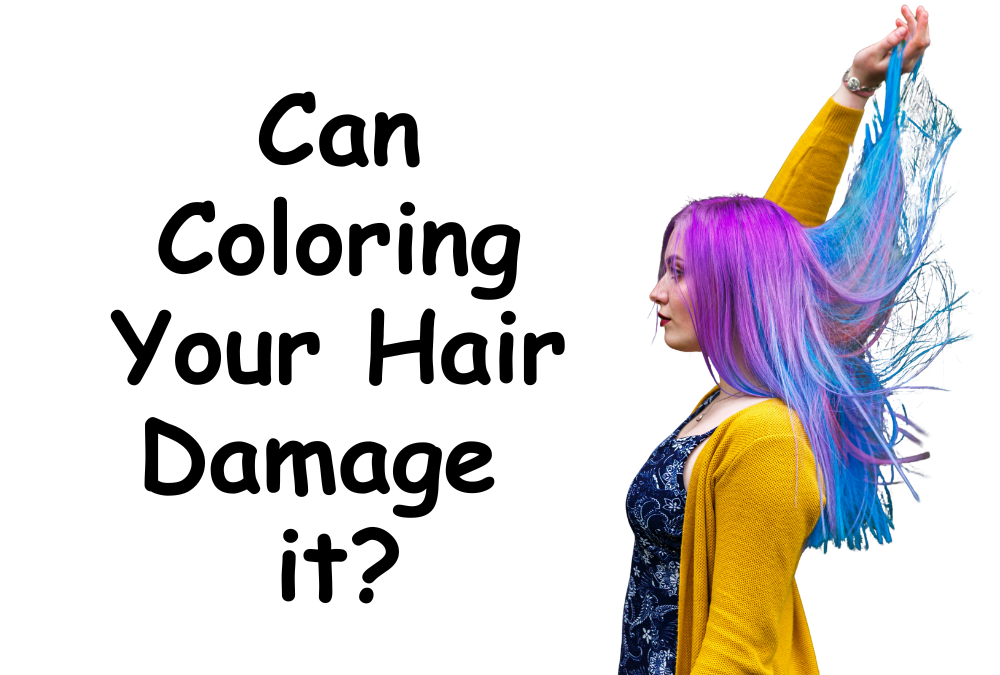
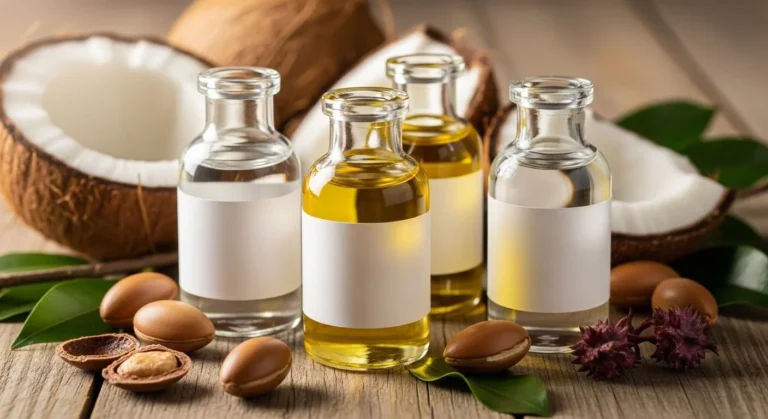
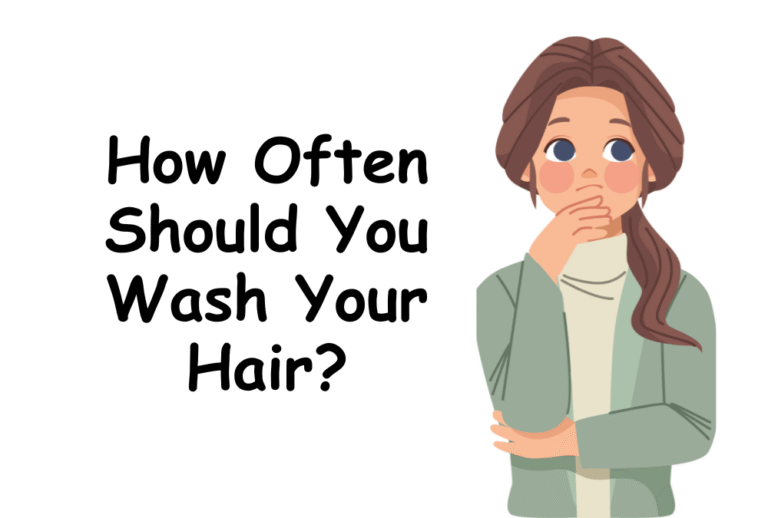
![Can Meditation Reduce Hair Fall [Complete Guide]](https://hairstylesview.com/wp-content/uploads/2025/09/Can-Meditation-Reduce-Hair-Fall-768x518.png)
